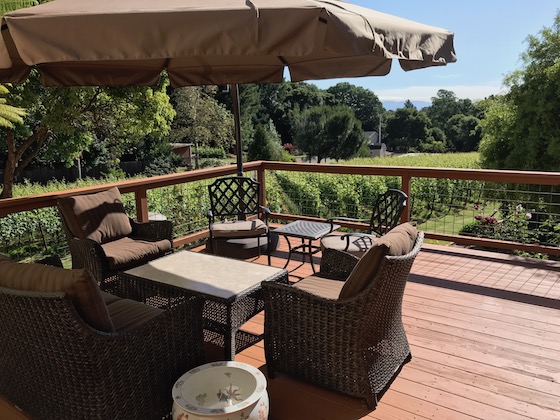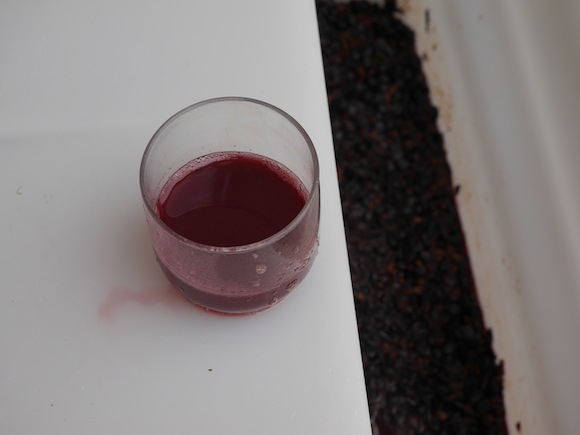
I came across this article today in our local paper, The Press Democrat, about the history of Pinot Noir in Russian River Valley and thought it would be of interest to the lovers of Pinot! Thanks Michael Austin for writing this article!
You can find good examples of pinot noir in nooks up and down the California coast — it’s a big place — but one of the state’s most renowned spots for the beloved wine style, if not the single-most renowned spot, is the cool-climate Russian River Valley appellation in Sonoma County.
With its coastal influences (at its closest point, it is less than 10 miles from the Pacific Ocean), including the maritime fog that creeps in daily through the coastal mountain range opening known as the Petaluma Gap, the Russian River Valley provides just the right conditions for the notoriously fickle grape variety.
To clarify, there’s the Russian River (a waterway), the Russian River Valley (a long, inland plain that is home to several appellations), and the Russian River Valley AVA (American Viticultural Area), which sits within the larger Russian River Valley. All clear? I don’t want to hear anyone out there saying, “It’s all Russian to me.”
Stretching from Healdsburg in the north to Guerneville in the west, and all the way down to Sebastopol and Santa Rosa in the south, the appellation covers close to 170,000 acres of low plains, and 15,000 of them are planted with vines.
The actual Russian River is named for the Russian immigrants who settled in this part of California in the early 1800s and traded furs at the coastal Fort Ross. It is believed that Sonoma’s first wine grapes were planted there, and eventually the Russian pioneers migrated inland and south, to spots near Sebastopol, to continue their agricultural pursuits.
Part of that agrarian grand plan was to grow wine grapes, and by the late 1800s an estimated 7,000 acres of vines had been planted. The 1960s ushered in the area’s modern winemaking period, when grape growers began relying more on the cool-climate grapes that would eventually do so well there — chardonnay and pinot noir. Today 70 percent of all grapes grown in the Russian River Valley are either chardonnay or pinot noir, with pinot noir accounting for almost a third of them.
The Russian River Valley appellation was established in 1983, and by the 1990s, the area had built a reputation for producing consistently exceptional pinot noir. In 2005 and again in 2011, the borders of the appellation shifted, making an already large region even larger. There are also two smaller appellations within its boundaries: the Green Valley AVA and the Chalk Hill AVA. More than 100 wineries call the Russian River Valley appellation home, and even though the renowned grapes of France’s Burgundy region are the area’s bread and butter, close to three dozen other grape varieties are grown there.
But, of course, the pinot noirs stand out. Don’t count on strawberry-kissed fruit explosions in every bottle, but do expect consistent ripe cherry, tangy cranberry, some earthy and savory elements, refreshing acidity, a velvety mouth feel and multilayered, long finishes. These are elegant wines, often with enough bright New World fruit to please the folks whose tastes veer toward the jammier styles of pinot noir. They’re not cheap. Considering that they are among the best pinot noirs our country has to offer, though, they don’t seem so expensive after all.
